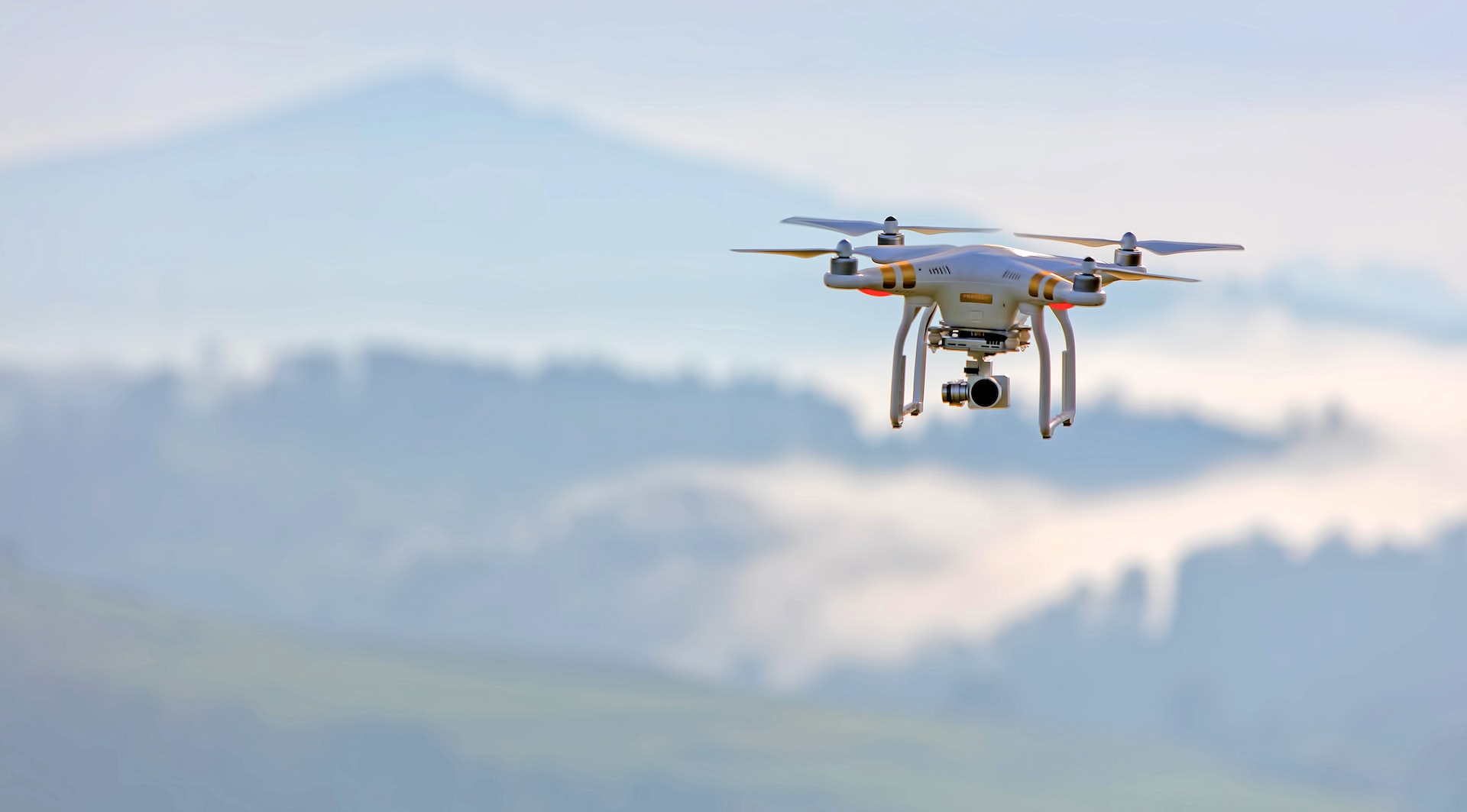The Most Fascinating Applications of Swarm Drones

Drones, also known as unmanned aerial vehicles (UAVs), have revolutionized the way we see and interact with the world. With advancements in technology, drones have become increasingly sophisticated, leading to the development of swarm drones. Swarm drones are a collection of small drones that work together in a coordinated fashion to achieve a common goal. This technology has numerous applications, ranging from search and rescue to military operations.
Military Operations
One of the most exciting applications of swarm drones is in military operations. Swarm drones can be used to conduct reconnaissance missions, provide situational awareness, and even conduct offensive operations. For example, the U.S. military has developed the Perdix drone, which is a micro-drone that operates in swarms to provide intelligence, surveillance, and reconnaissance (ISR) capabilities. In addition, swarm drones can be used in coordinated attacks to overwhelm an enemy’s air defense system, allowing for other aircraft to penetrate enemy territory more easily.
Disaster Response
Another fascinating application of swarm drones is in disaster response. Swarm drones can be used to survey the affected area, locate survivors, and deliver supplies. In the aftermath of a natural disaster, swarm drones can be used to assess the damage and provide crucial information to first responders. For example, after the earthquake and tsunami in Japan in 2011, swarm drones were used to survey the damage and provide real-time updates to rescue teams.
Agriculture and Farming
Swarm drones are also being used in agriculture and farming to improve efficiency and increase crop yields. By using swarm drones equipped with sensors, farmers can collect data on soil moisture levels, temperature, and crop health. This data can then be used to optimize irrigation and fertilization practices, leading to higher crop yields and reduced waste. Additionally, swarm drones can be used for crop spraying, reducing the need for manual labor and increasing efficiency.
Environmental Monitoring
Swarm drones can also be used for environmental monitoring, such as monitoring wildlife populations, tracking migratory patterns, and monitoring changes in ecosystems. Swarm drones can provide real-time data, allowing for quick and effective responses to environmental threats. For example, researchers at the University of Zurich have developed a swarm of drones that can monitor and track the movements of bird populations in real-time.
Conclusion
Swarm drones have numerous applications, from military operations to agriculture and farming. This technology is constantly evolving, and we can expect to see more and more fascinating applications in the years to come. With the ability to coordinate and work together in real time, swarm drones have the potential to revolutionize the way we approach a variety of tasks, making them faster, more efficient, and more effective.





